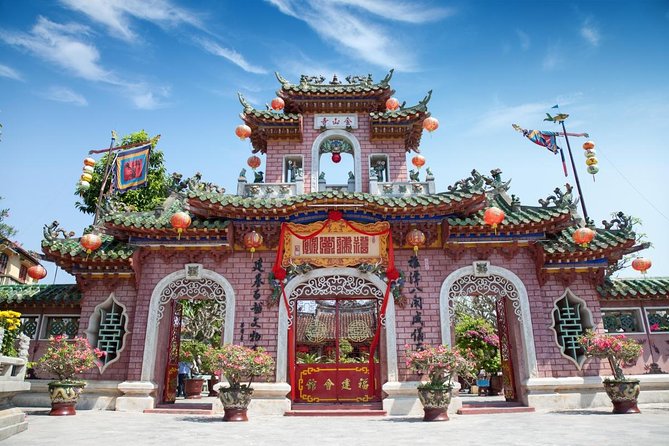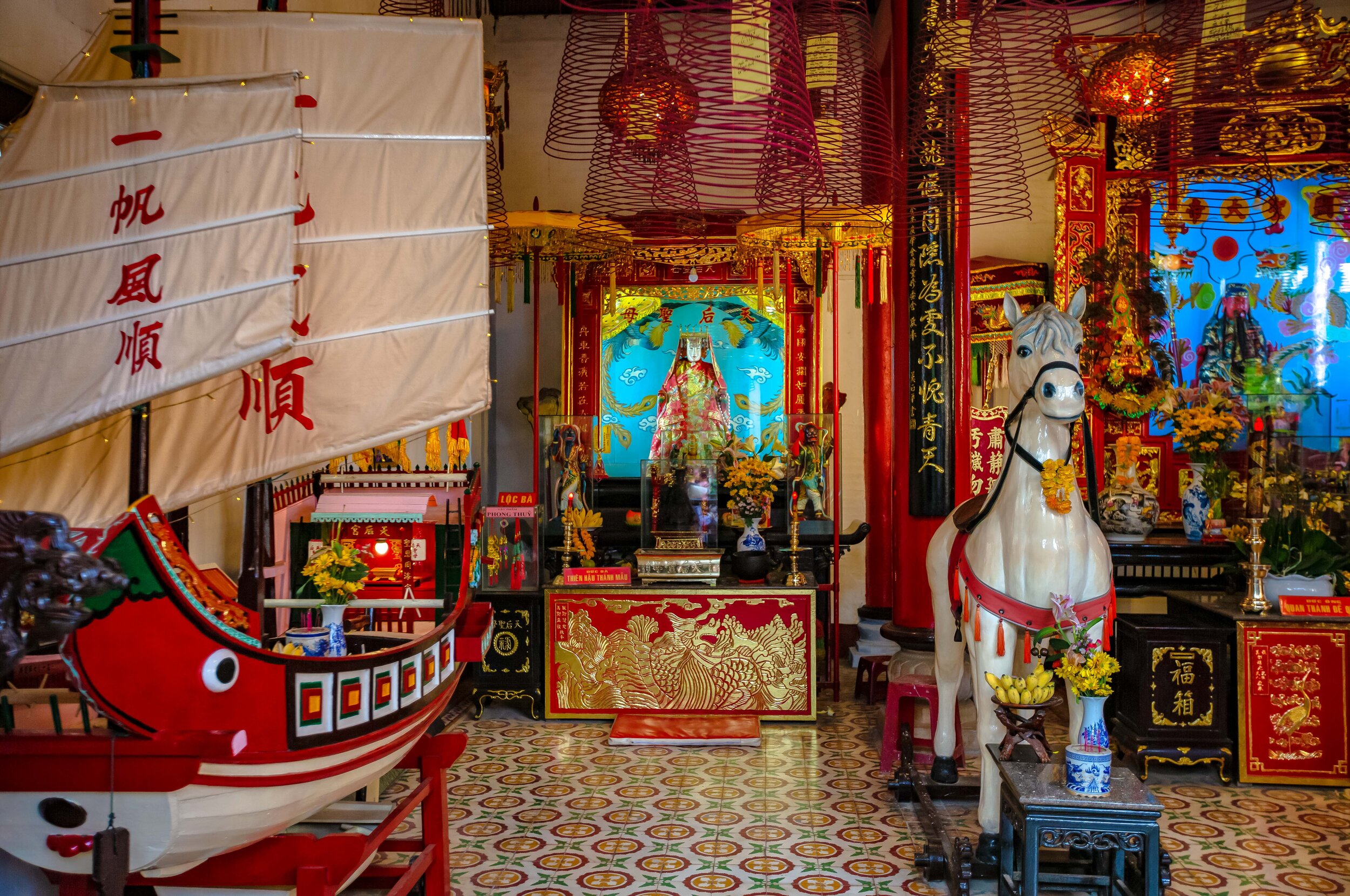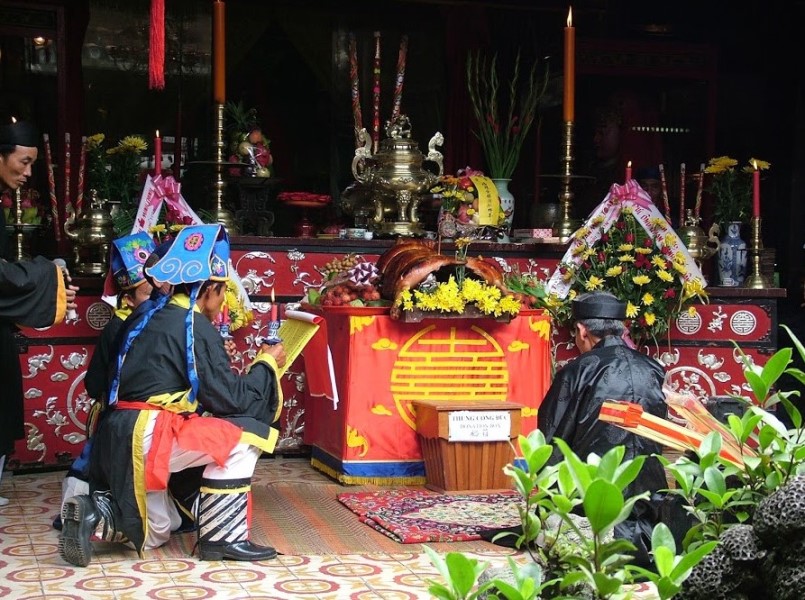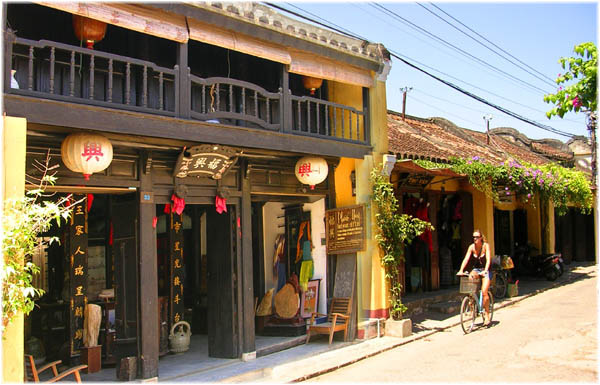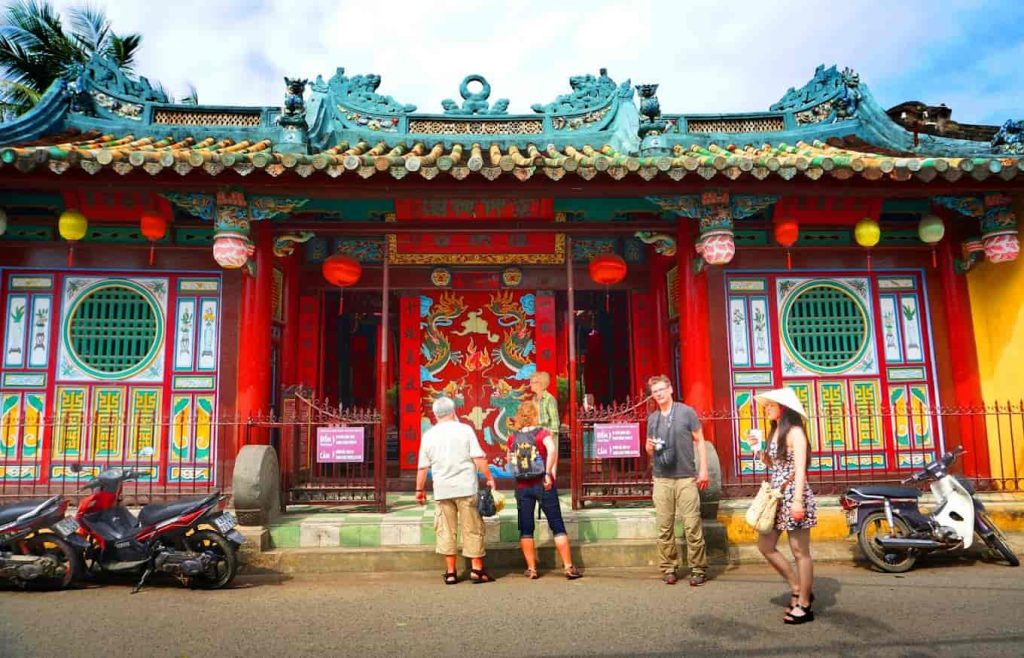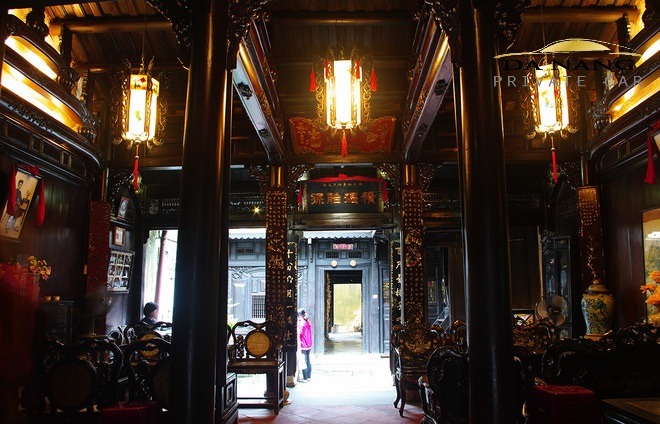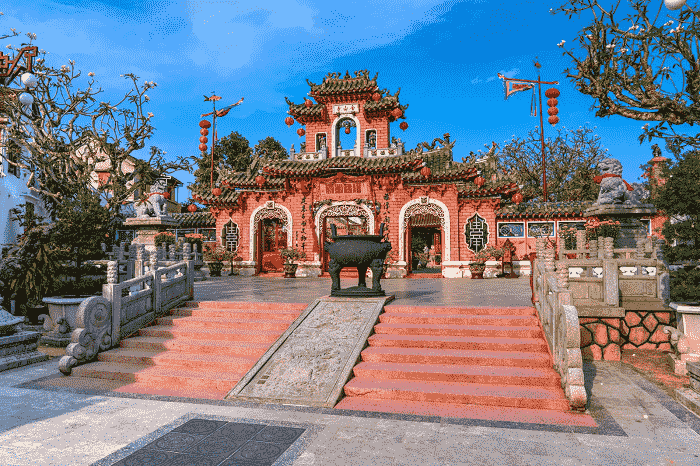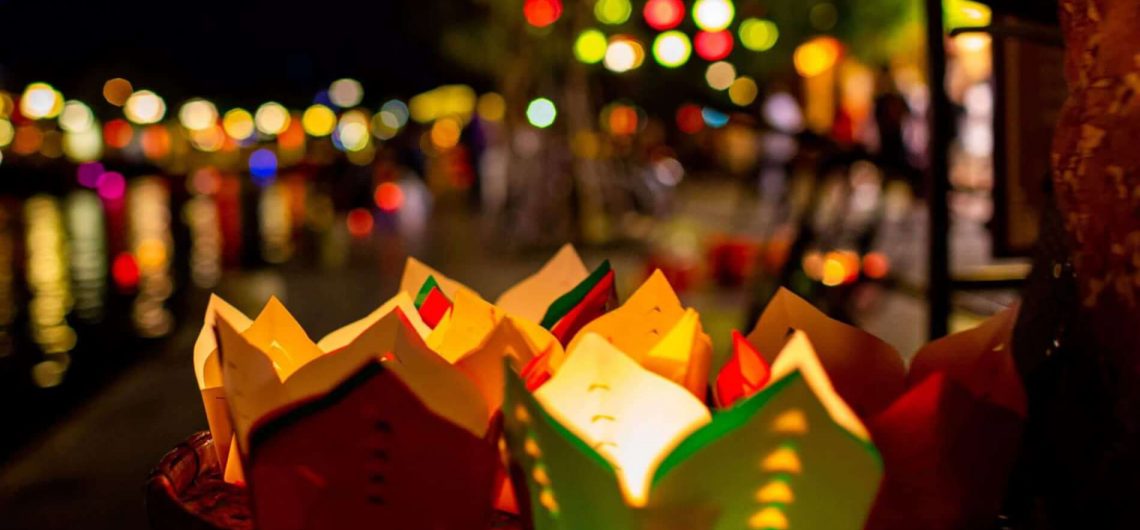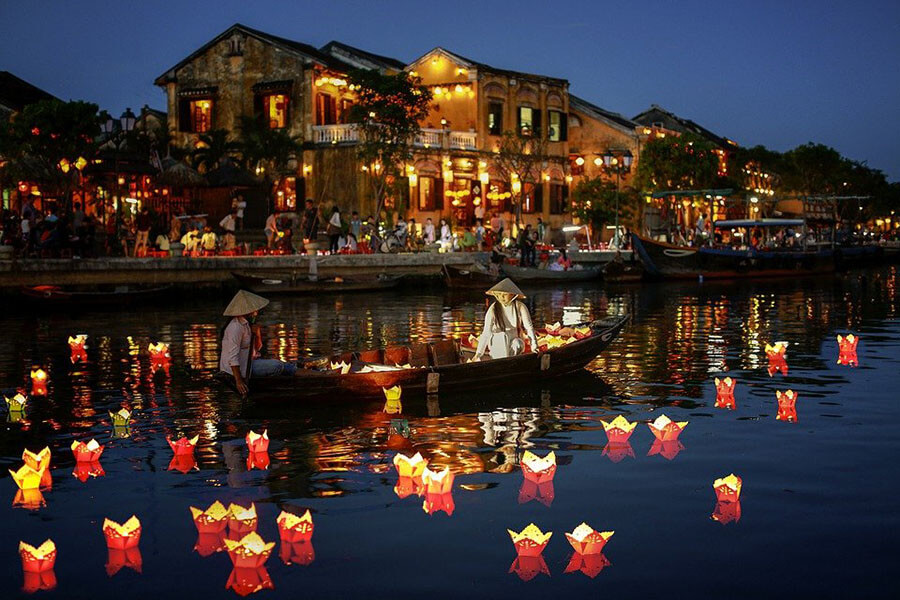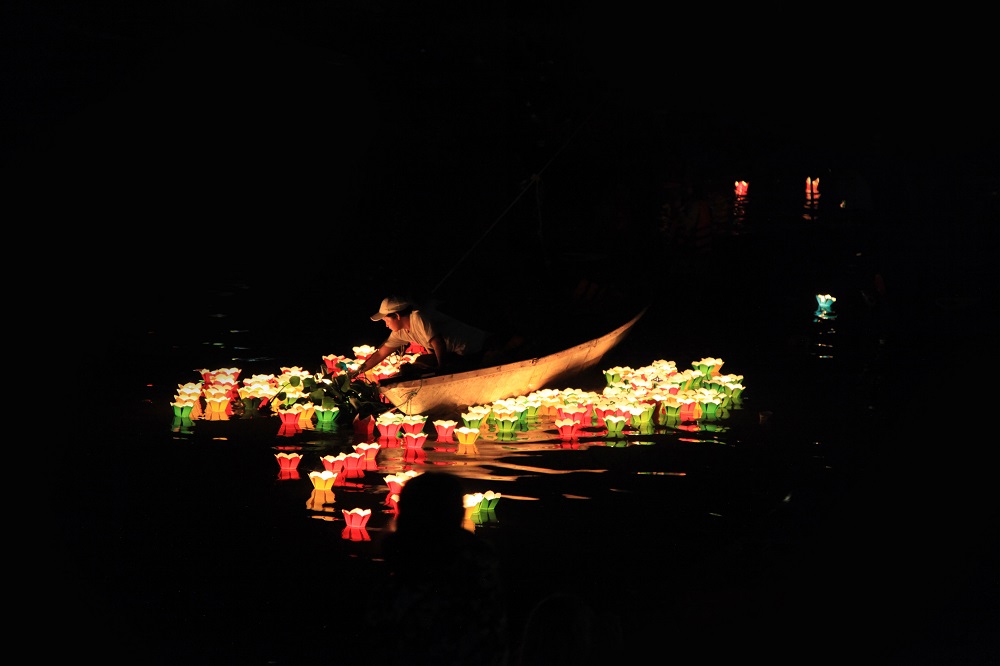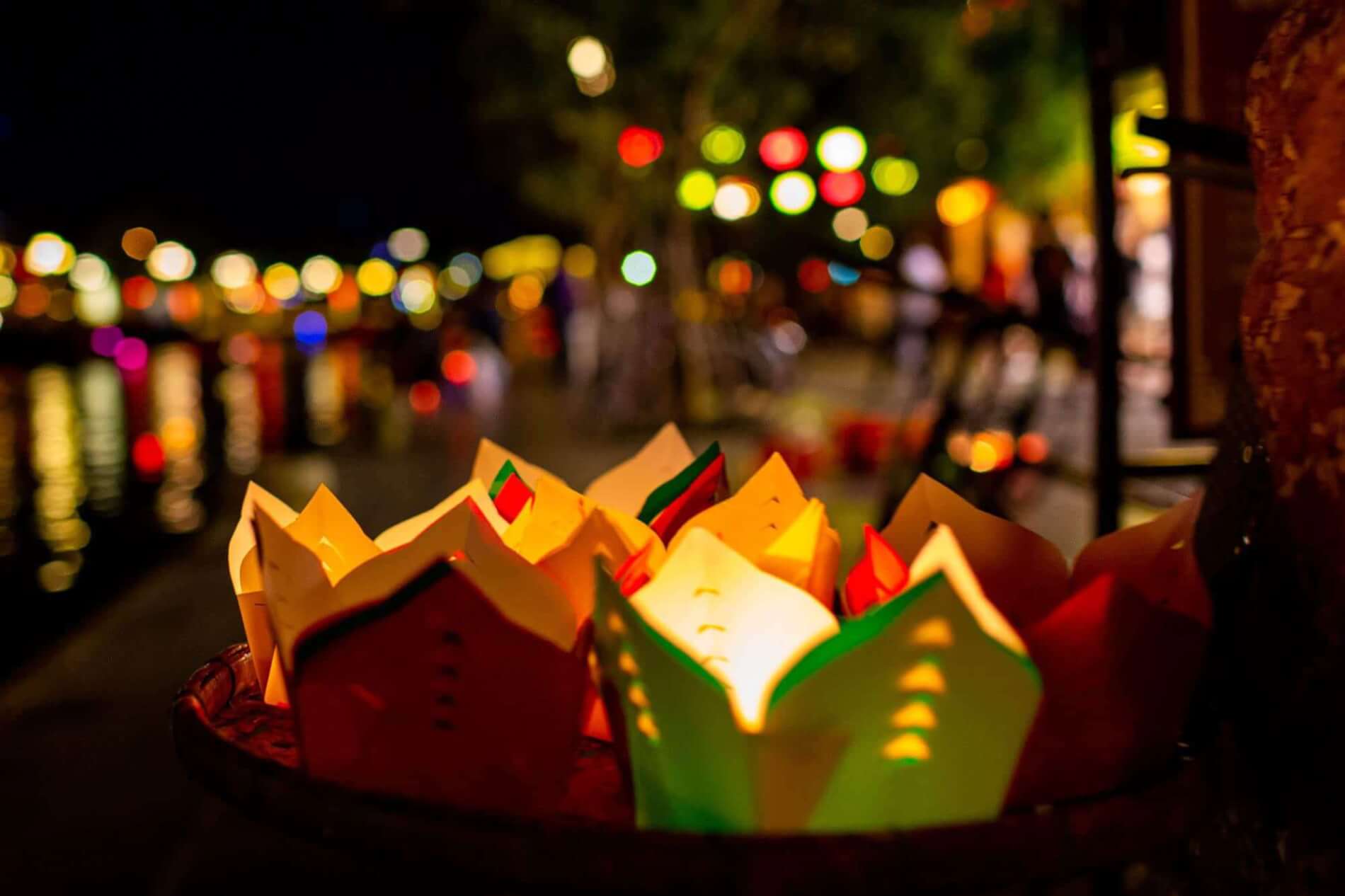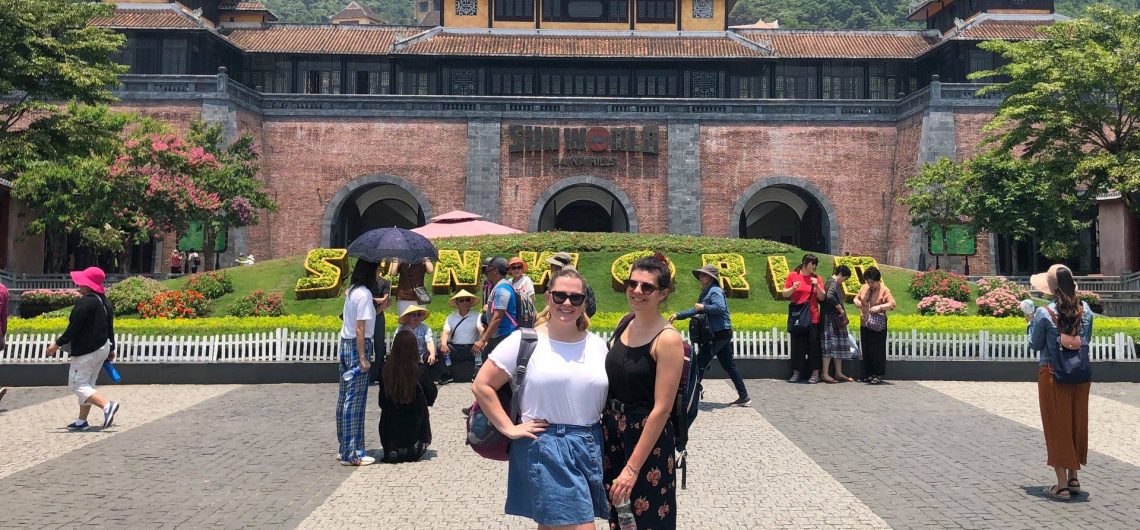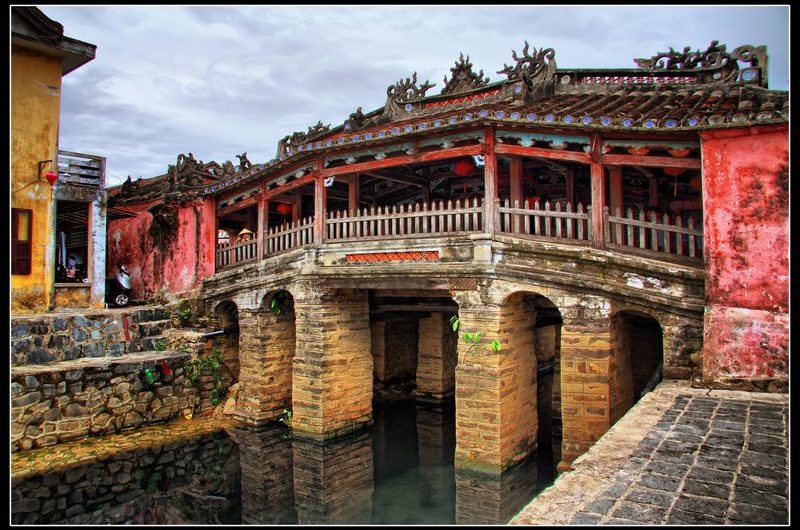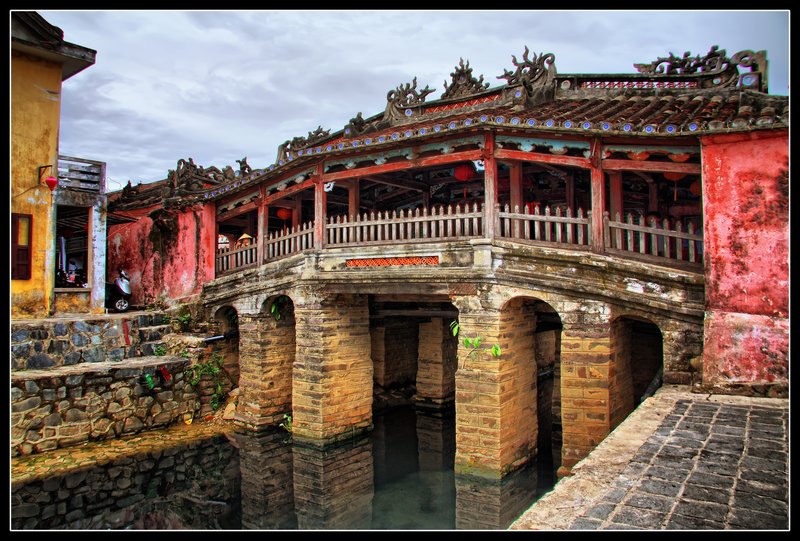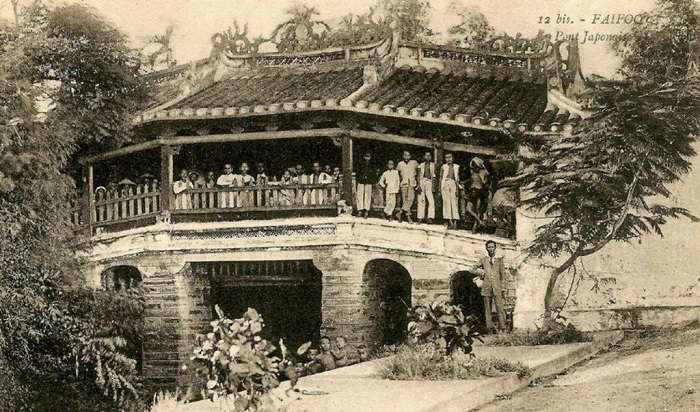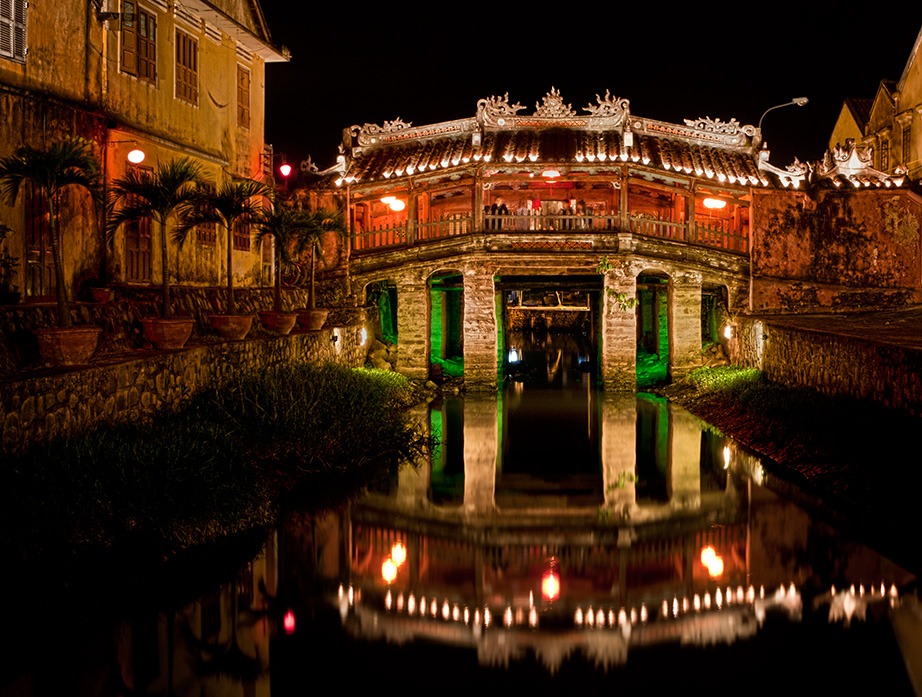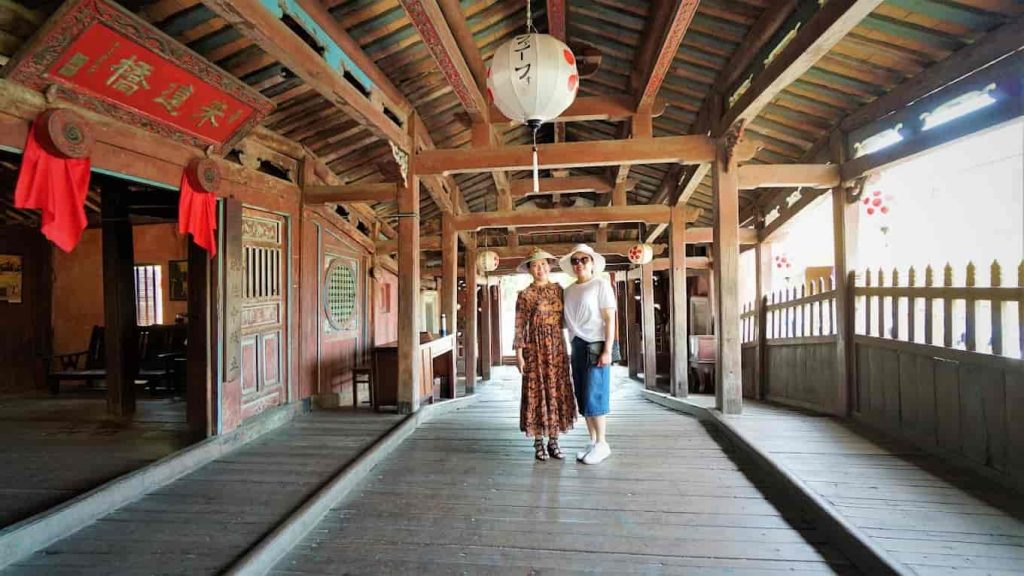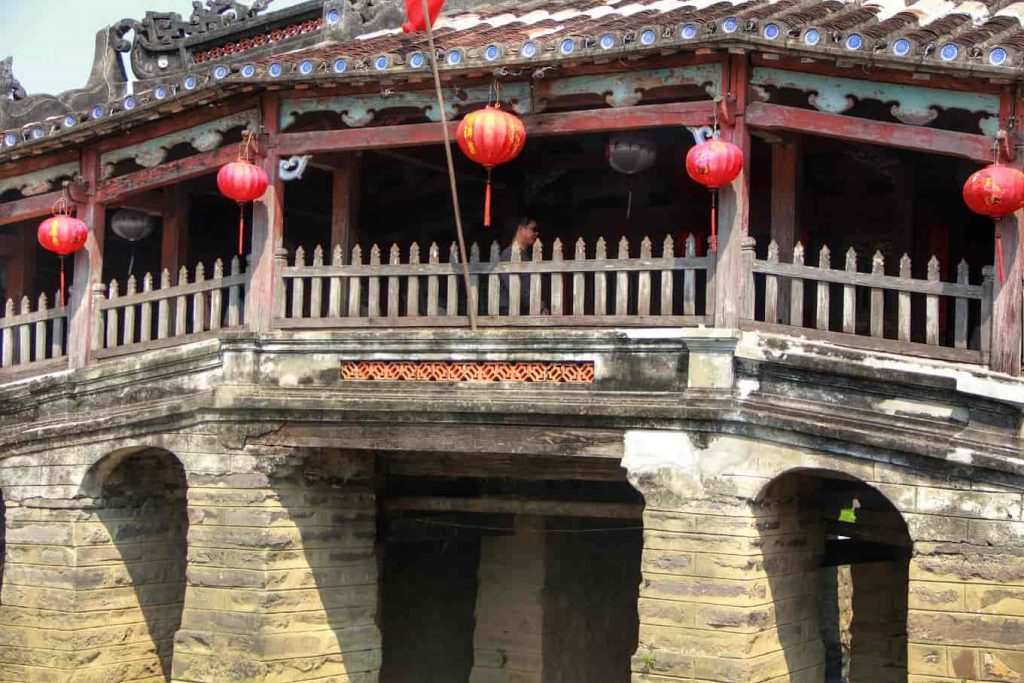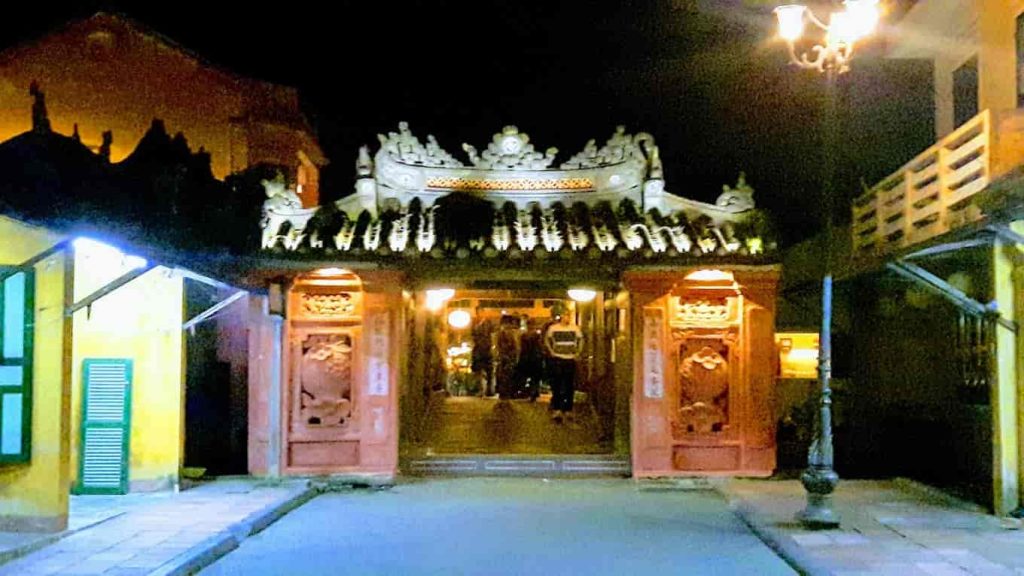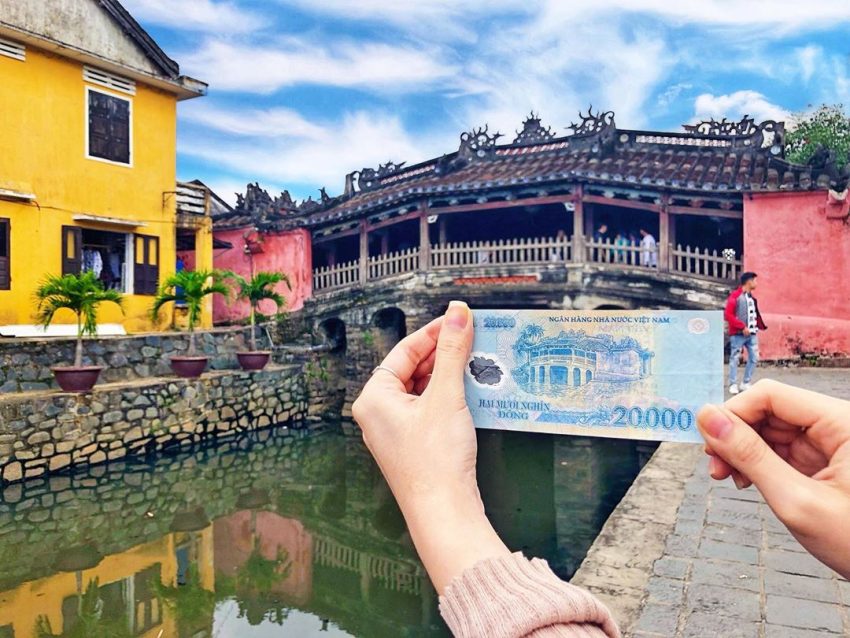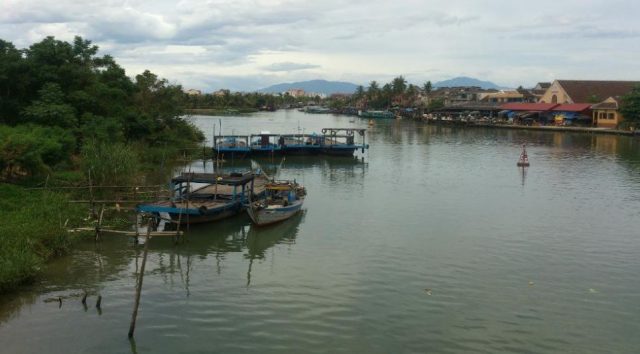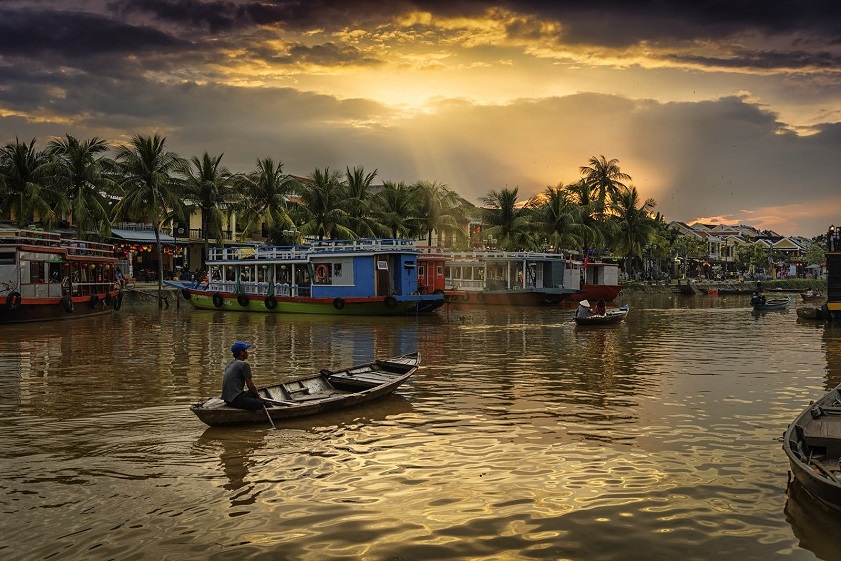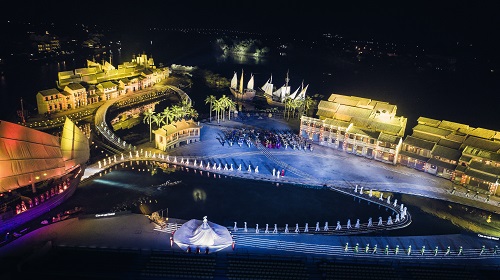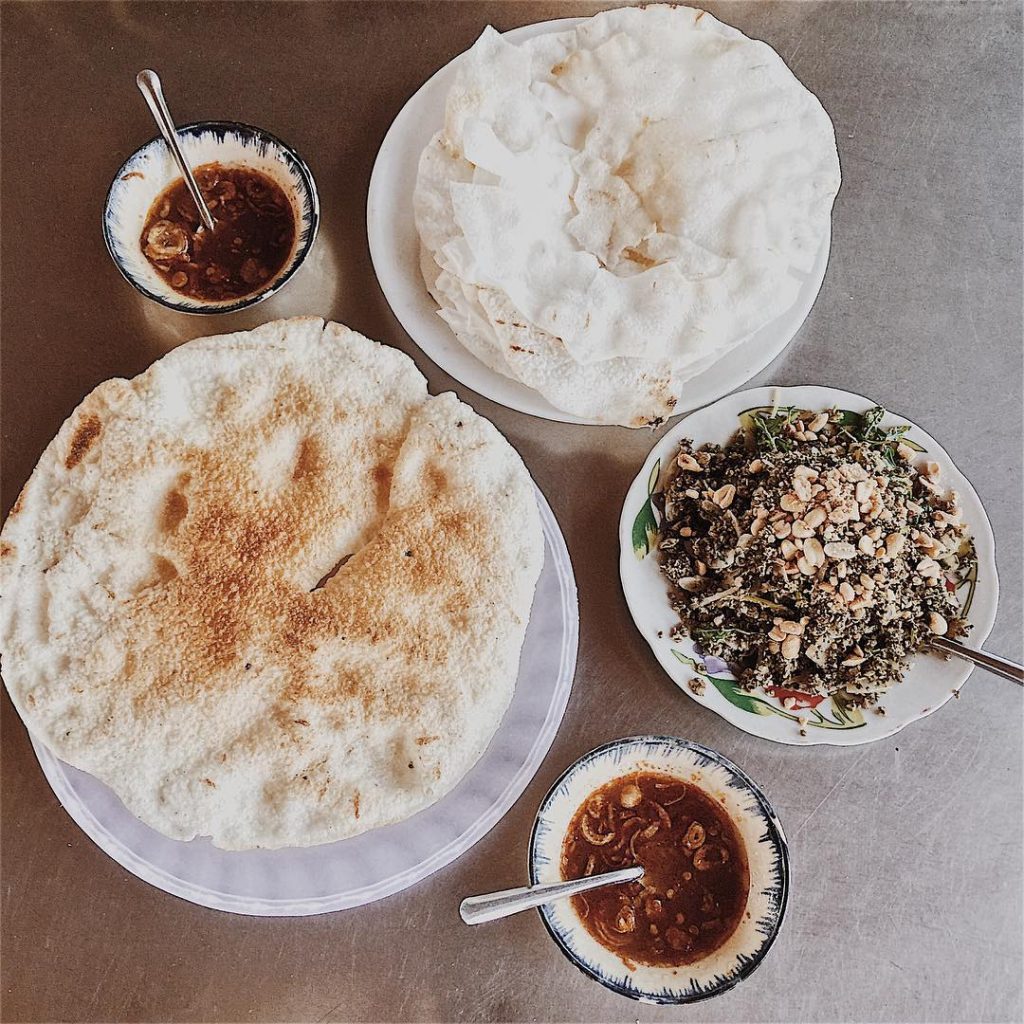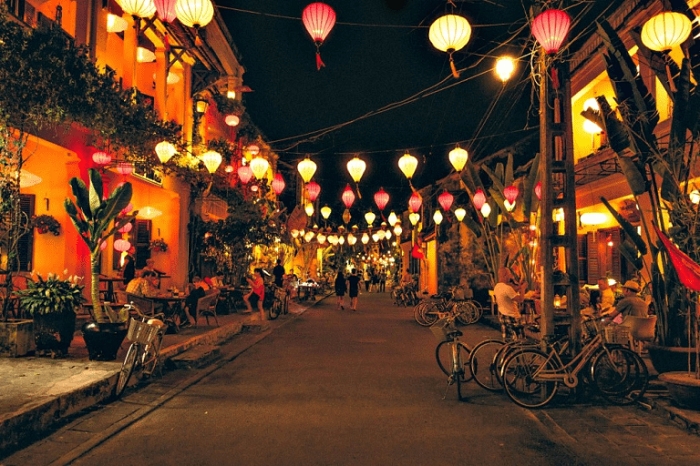Thanh Ha Terracotta Park is currently one of the tourist attractions in Hoi An that draws a large number of visitors from all over who come to check in and admire exquisite ceramic artworks, impressive and unique simulated architectural works. Let’s explore what makes this place so appealing through the article below with DanangPrivateCar.com’s.
About Thanh Ha terracotta park Hoi An
Along with Tra Que vegetable village, Kim Bong carpentry village, Hoi An silk village, Thanh Ha pottery village has become a place to store and develop pottery craft. Also to preserve the uniqueness, cultural value of the terracotta park in the village of Thanh Ha was built. Becoming an attractive cultural and tourist center.
Where is Thanh Ha Pottery Park?
- Address: Thanh Ha Ward, Hoi An City, Quang Nam Province
Nestled in the Thanh Ha pottery village with 600 years of history. Thanh Ha Park is also known as Thanh Ha Pottery Park in Hoi An. This is one of the most unique architectural works in Vietnam. It is a place to keep the values of one of the traditional professions – Ceramics.
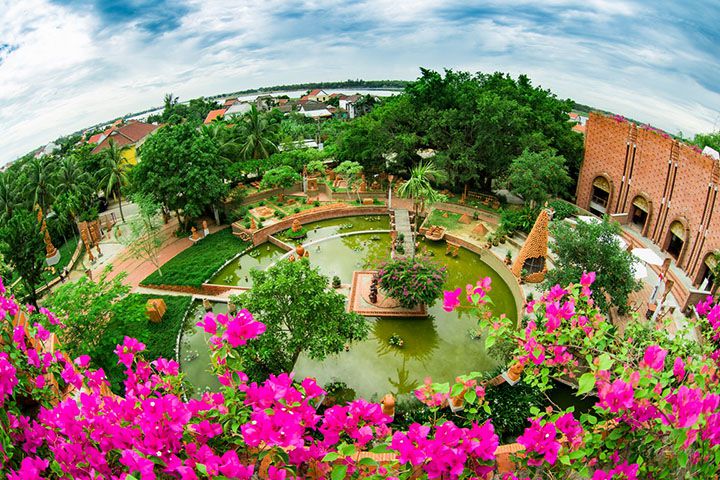
Located right next to the romantic Thu Bon River, only 3 km from the center of the old town. Your trip to Hoi An will be more convenient and interesting when you enter the name of the ceramic park in your schedule.
Opening hours of Thanh Ha Terracotta Park
- Opening hours: 8:30 – 17:30 (daily)
With the above opening times, it is easy and convenient to explore every corner of this place. Enough for visitors to get a whole lookbook to ask for thousands of likes on social networks.
Ticket price to visit Thanh Ha Pottery Park
- Entrance ticket price:
- Adults : 40,000 VND/ticket
- Children: 20,000 VND/ticket
Note: The ticket is only valid for the day, and includes expenses such as: Sightseeing everywhere, admiring the ceramic artists. Bring back 2 ceramic products made in visitors.
You can visit from morning to 17:30 comfortably. But perhaps for many people, that time may not be enough for a unique and attractive place like here.
Instructions on how to move to Thanh Ha Terracotta Park
Travel from Da Nang to Hoi An
From Da Nang, it takes about 40 to 50 minutes to move to Hoi An ancient town. Visitors can choose the means of transport such as: Rent a motorbike in Da Nang, take a bus or take a taxi…. Each type of vehicle has its own advantages and disadvantages.
- Rent a motorbike in Da Nang : Rent from 80,000 VND / day / car you will enjoy moving. Stop and park at will, check in everywhere.
- Bus: With 30,000 VND / way to go from Da Nang to Hoi An ancient town, it is a very good choice.
- Private Car: With a cost from 350,000 VND one way, it is very suitable for families with young children and the elderly.
You can book a private car ride from Da Nang to Hoi An with DanangPrivateCar.com’s private car service. Our professional drivers will provide you with the safest and most comfortable journey. Our experienced drivers will pick you up anywhere in Da Nang city, take you to Thanh Ha Pottery Village in Hoi An for sightseeing, and then drop you off at your Hoi An hotel to conclude the trip.
No matter which vehicle you choose, to the old town you also need to send a car to move inside. If you rent a motorbike, you can park it for a fee from 7,000 to 10,000 VND. At the end of the journey, get the car and move to other tourist destinations.
From Hoi An Ancient Town to Thanh Ha Terracotta Park
Once present in the town with Hoi An, going to Thanh Ha pottery village is extremely simple. The village is about 3km west of the old town, right at the Fish market. Follow the route from the old town towards Vinh Dien, follow Duy Tam street, you will immediately come to Thanh Ha ceramic park.
It only takes 10 minutes to move from the old town to the park For many young people who love to explore, perhaps they choose to ride a motorbike to explore everywhere on the way to the park. But for many people can choose to rent Hoi An bicycles. With a fairly cheap rental price, cycling on the old town is also an interesting experience.
The best time to visit Thanh Ha Terracotta Park
According to the experience of Danang Private Car’s, as a large park, visiting here has 2 areas indoor and outdoor. So the best time to explore this place is from March to September. This is the dry season in Hoi An, with little rain and sunshine so you can check in super beautiful every corner of the park.

However, the dry season is also accompanied by hot sun, outdoor sightseeing can be quite uncomfortable, so bring umbrellas, hats, and hats. Just to avoid the sun on the way to go, you can check in anytime, anywhere.
If visitors have not prepared time to come to Hoi An in the dry season, they can choose the rainy season from October to February next year. Although in the rainy season, there are still sunny areas. The weather is cool and not too crowded with tourists. At this time, food and accommodation services are also much cheaper than in the peak season.
Explore Thanh Ha Terracotta Park – the first ceramic park in Vietnam
History of the terracotta park
With an area of more than 6,000m2, this place is still not as widely known as famous places such as Hoi An ancient town, My Son holy place. However, with only that much area, it is enough to display and show the 600 years of history of the traditional village of Thanh Ha.
Thanh Ha pottery village appeared around the end of the 15th century. Thanks to the bustling and famous Hoi An international trading port, it also led to the rise of the craft village here. Handmade ceramic products are present in every family in the whole region. In particular, the unique art of firing creates exquisite items. Items used in temples, pagodas, assembly halls …
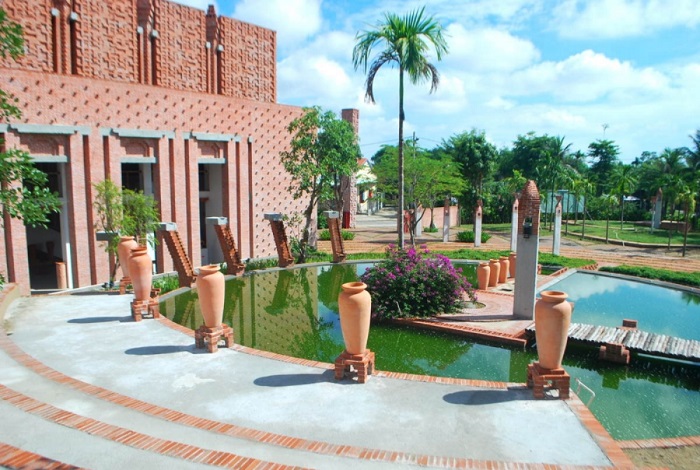
Now, a Thanh Ha terracotta park is born, extremely unique. The park was designed and built by architect Nguyen Van Nguyen – the son of the pottery village of the same name. With the purpose of preserving traditional cultural values and promoting ceramic products to the world.
Unique architectural style of Thanh Ha Pottery Park
Terracotta Park takes the turntable image as the center. Surrounded by a lake, this is an ancient construction that used water to surround the village to prevent bad guys. With areas: Factory, kiln and product display place.
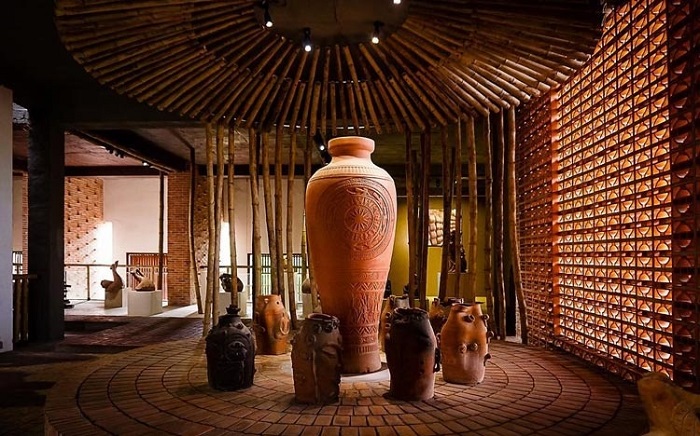
The most unique is the appearance of the park. All buildings are built of red bricks without plaster. This helps the entire space here have brown and red as the main color, very prominent. When visiting, visitors do not feel stuffy, hot of reinforced concrete walls but close, rustic things.
The overall layout of Thanh Ha Terracotta Park
Perhaps, nowhere else, the art of redesign is as unique as in this terracotta park. It is divided into 2 main buildings and 9 zones. Inspired by Cham culture, Sa Huynh and the concept of Yin – Yang in Oriental culture to create kilns spread throughout Thanh Ha pottery village. In there.
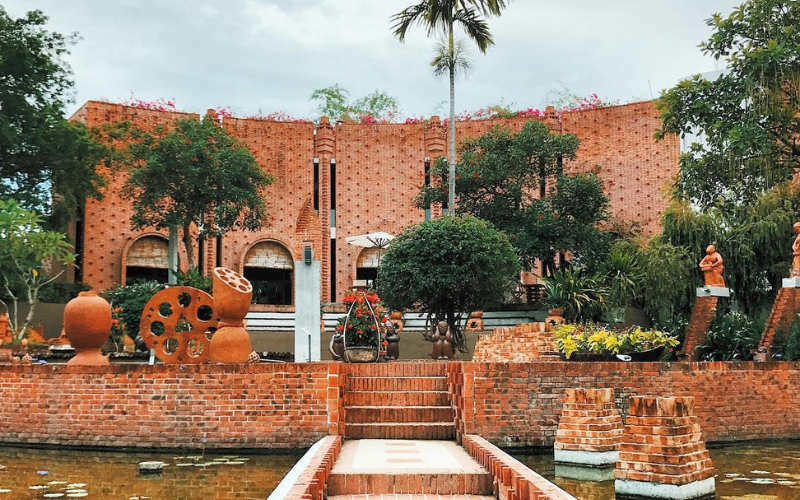
- The main building on the right is the kiln: Used to hold exhibitions of unique ceramic products across the country.
- The main building on the left is the kiln: This is the place used to display, introduce and recreate the history of Thanh Ha pottery village. A place to preserve traditional values.
With 9 zones including: Craft village museum, terracotta market, product area, installation garden, miniature world, production area, Cham – Sa Huynh pottery area and traditional craft village area. That alone is enough for you to explore, check-in all day may not be over.
Interesting activities when visiting Thanh Ha Terracotta Park
Here, visitors can experience unique and unique activities.
Learn more than 600 years history of Thanh Ha pottery village
Ancient relics dating back hundreds of years are displayed and kept as to recreate a Thanh Ha 600 years ago. There, the artisan has reached a high level of pottery technique. Or there, visitors can learn about the culture and life of Hoi An ancient town or especially Thanh Ha village from the past.

Going back in time to Chu Dau pottery village, Thanh Ha once “dominated” the ceramic market in the Dang Trong area. According to many ancient documents, the people of Thanh Ha village are mostly from Nam Dinh and Thanh Hoa. They came to Hoi An to live and set up a business because at that time it was a very busy international trading port.
If you go in a group of 8 people, you will be given a thorough presentation by the tour guide about the history of Thanh Ha pottery village. From there, it is easy to imagine the flourishing past here.
Explore the miniature world inside the ceramic park
What makes visitors most excited when coming to Thanh Ha Pottery Park is probably the miniature world. The most famous and typical architectural works in the world are perfectly recreated in terracotta.
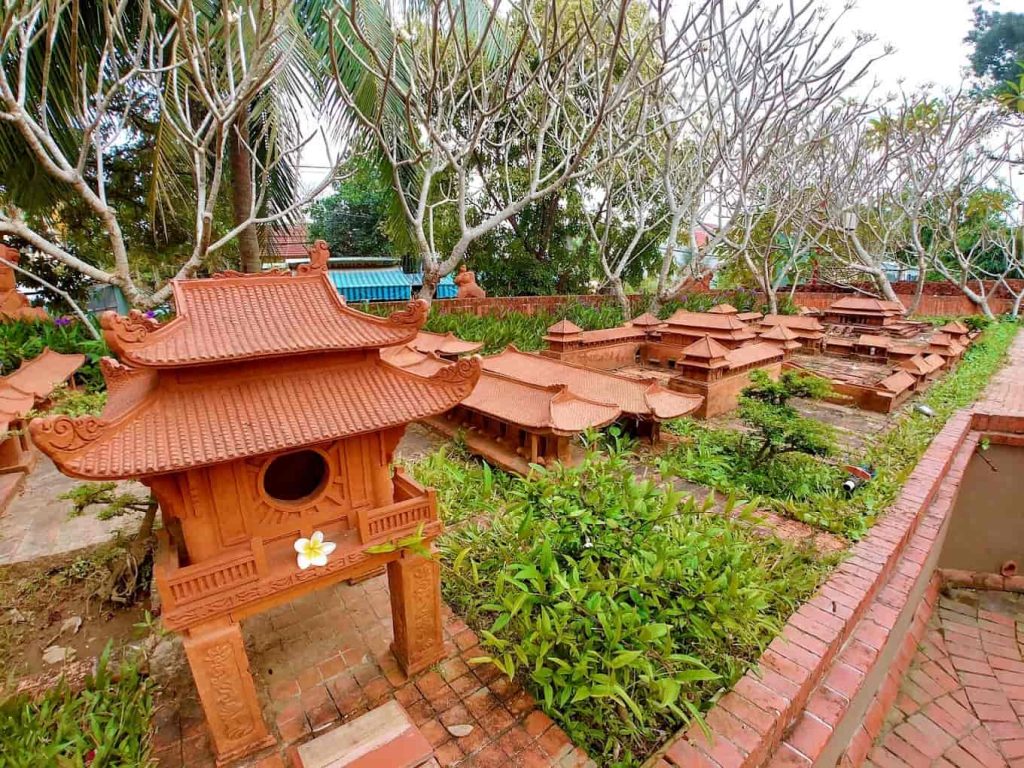
No need to go to the place, visitors can still admire the leaning tower of Pisa in Italy, the Sydney Opera House in Australia, the iconic Taj Mahal and the pride of the Indian people. Or Pyramid – One of the natural wonders of the world.
A Thanh Ha terracotta park seems to contain the whole world. Where young people are excited to check in and search. This is an outdoor area, so when visiting, you should bring a hat, hat, and sunscreen.
Admire the unique architecture in Vietnam
It can be affirmed that the park is a unique work of art that the people here have created. All buildings have open architecture. Taking advantage of natural light makes the ceramic works inside become more beautiful, attractive and soulful than ever.

The walls are built with holes, the domes are not sealed, and the surfaces follow many patterns and motifs imbued with national identity. Just admiring this unique architecture is enough for each visitor to say two words “unique”. It is very attractive for both young people and lovers of installation art.
Learn the process of making a ceramic product
At Thanh Ha terracotta park in Hoi An, visitors can also witness the process of making a handmade ceramic product. There, the talented and skillful hands of the artisans will transform the land mass into nothing but inanimate objects. Become a beautiful ceramic work, with the soul and heart of the maker put inside.
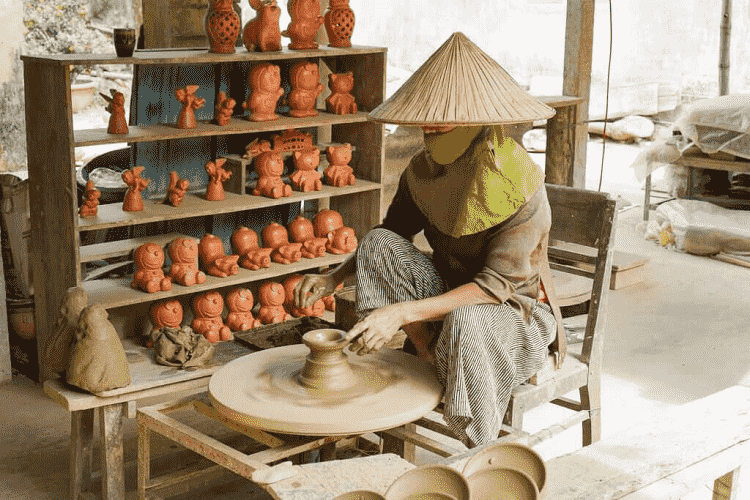
This process requires the worker to be precise and meticulous. Because it does not have tools, measuring accuracy, it all depends on experience. The ability to observe and the habit so that even if you make 100 pieces, they will still be the same and keep the same beauty.
Create a ceramic product yourself
This is probably the most emotional part for tourists. When coming to this park, visitors can also make a ceramic product by themselves. To better understand the stages and absorb the difficulties and hardships of the artisans. From kneading, shaping and finally firing with fire.
These stages are performed as authentically as anywhere in Thanh Ha pottery village you can witness. Make your own items and turn it into a bowl, vase, pot, etc. It’s really fascinating.
In addition, in the ticket, visitors can also bring home two handmade ceramic products. There’s nothing more meaningful than owning the product you make yourself. Try and find out now.
Super cool check-in at every corner of Thanh Ha terracotta park
Perhaps, no matter where you stand, visitors can check in for themselves with genuine photos. Because the entire space inside the terracotta park is extremely unique. The covered red brick background becomes an extremely popular background for a photo of thousands of likes.
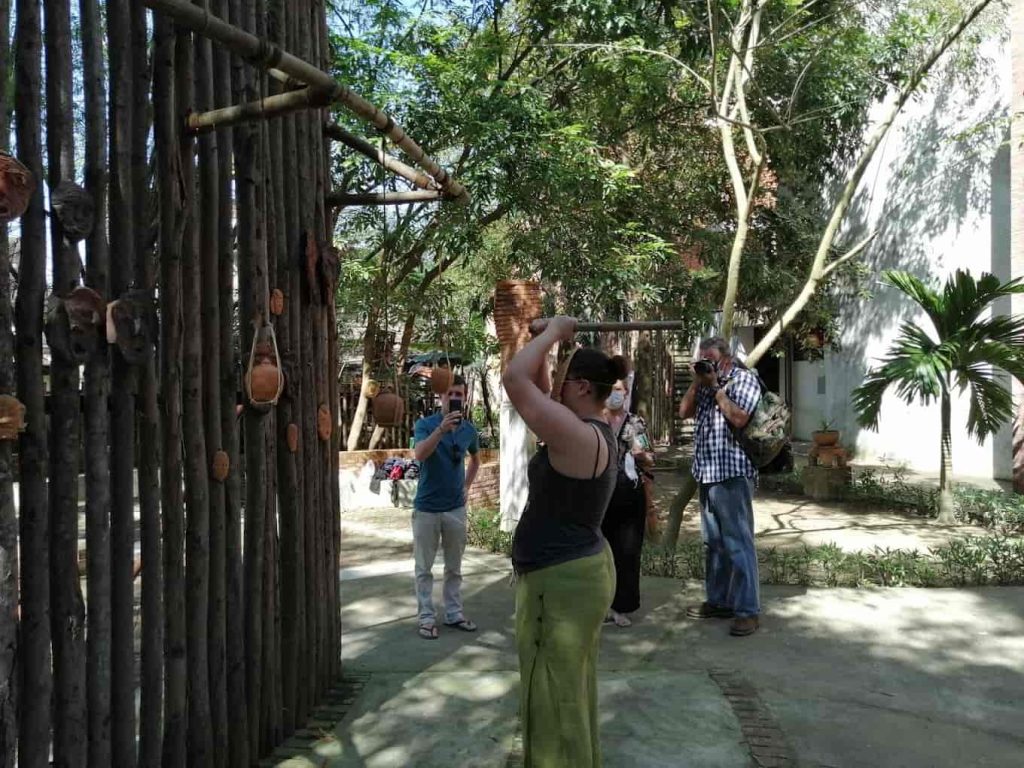
Hoi An is also considered as a virtual living meditation hall with golden walls, ancient roofs or places such as Cantonese Assembly Hall, Cau Pagoda … bougainvillea, Hoai River. However, there are millions of them online, and the terracotta park will give you unique and very rare pictures.
Not only with the red brick color, the unique architecture here is also the subject for the lookbook of many young people. That unique feature is enough to make you fall in love and make the photo attractive to use anywhere.
See Hoi An from above from Thanh Ha terracotta park building
From the main building, visitors can see Hoi An from above. Zoom in to see the entire Hoi An ancient town, along with the Thu Bon river flowing through. The idyllic and peaceful beauty appears before the eyes as an enchanting experience for many people.
It’s just a view of Hoi An city from an angle. However, anyone who comes to Thanh Ha Pottery Park wants to try it, they go to the rooftop of the main house to admire.
Buy Thanh Ha pottery as a gift
Going to Thanh Ha Park without buying ceramic products as gifts is a pity. These are all products such as: Cups, plates, bowls, vases, cups, kettles …. very delicate and beautiful. Completely handmade with delicate patterns.
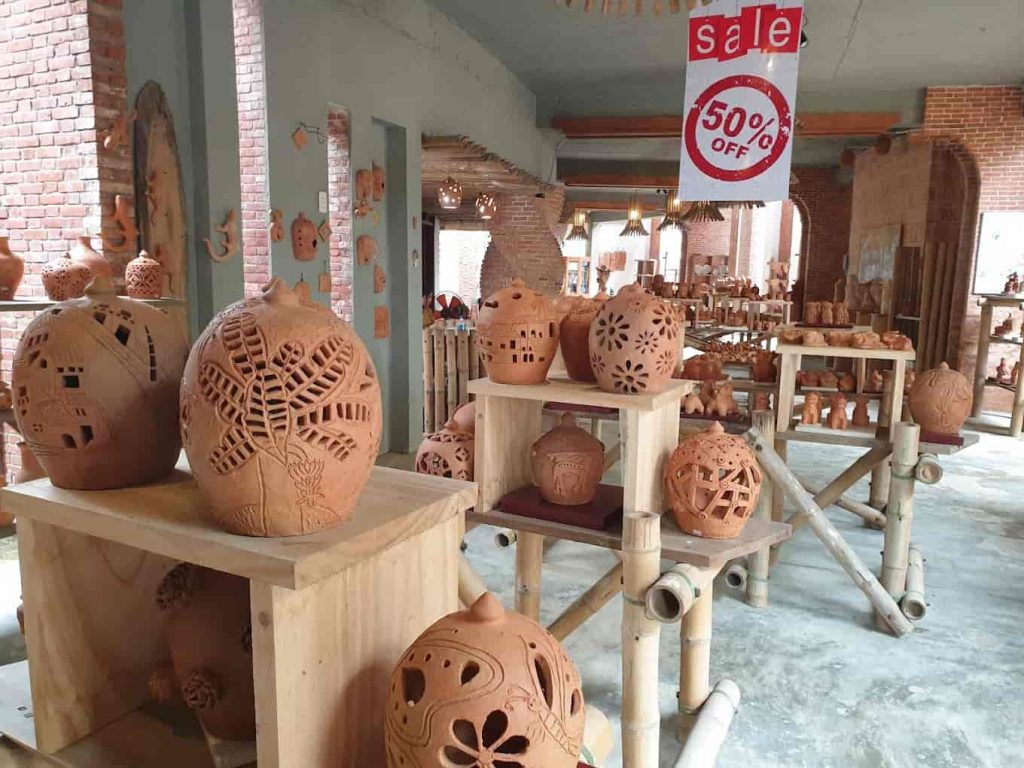
There is also a separate display area for antique ceramic products. If you love traditional values and are passionate about collecting antiques, this is definitely a very meaningful thing.
Tips to visit Thanh Ha Terracotta Park
Here are a few small notes to help visitors have the best experience when coming to Thanh Ha Pottery Park
- Always bring a hat, hat, and sunscreen to admire the outdoor works in the park.
- If the family has young children, visitors need to manage regularly. Avoid letting children run, jump and break the display products.
- Because there are many separate zones, Danang Private Car’s recommends using low-soled shoes. Opt for a comfortable outfit that could be a flowing dress. Both comfortable during the journey and have super beautiful check-in photos.
- Keep your ticket carefully because in some cases you need to present your ticket to check….
- Exactly 10 January every year in Thanh Ha pottery village has a huge festival. Come here on this occasion to both explore the ceramic park and immerse yourself in many activities in the village of the same name.
Suggest very good tourist and check-in places near Thanh Ha Terracotta Park
Perhaps, on the S-shaped strip of land, there will be no place as attractive and beautiful as in Hoi An, Quang Nam. There are thousands of ancient relics such as communal houses, pagodas, assembly halls, traditional craft villages, ethnic churches, etc. And around the ceramic park in Thanh Ha village, there are many super attractive tourist attractions. Super cool check-in that you should explore.
Hoi An Silk Village
- Address: No. 28 Nguyen Tat Thanh, City. Hoi An, Quang Nam.
Hoi An Silk Village is the place to restore the traditional handmade silk weaving village in Hoi An. Not only a place of production, the village has gradually become a super-beautiful place to visit and check-in for young people. At this point, visitors not only index the process of growing mulberry and raising silkworms. It is the raw material that creates the softest, most wavy silk fibers.
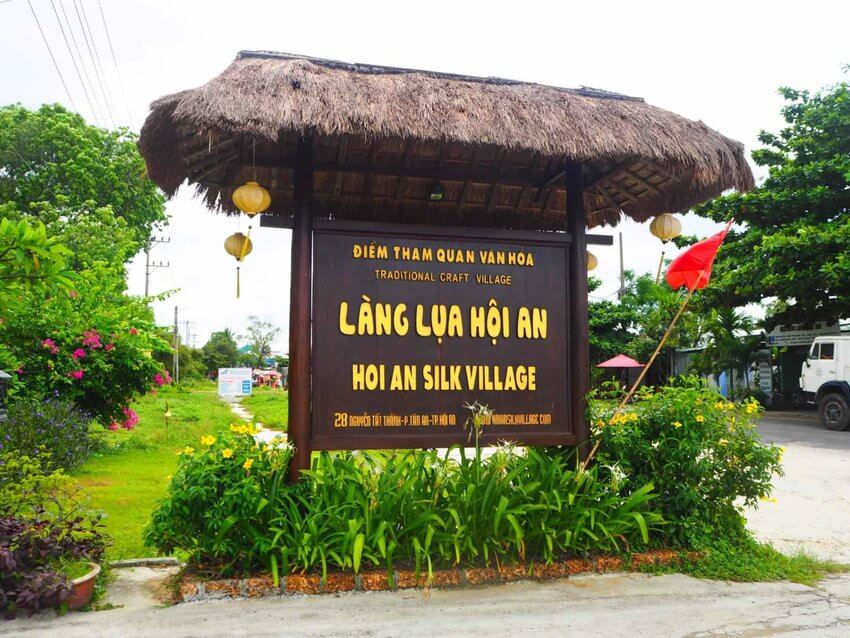
Kim Bong Carpentry Village Hoi An
- Address: Trung Ha Hamlet, Cam Kim, Hoi An, Quang Nam
As one of the traditional villages in Hoi An, Kim Bong Carpentry Village Hoi An has a history of more than 600 years with carpentry making a living for many generations. Coming here, visitors not only learn about hundreds of years of culture here. But also admire the talented hands of the artist. From rough wood becomes a unique work of art.

Hoi An Ancient Town
Perhaps, nowhere is as peaceful, beautiful and enchanting as the ancient town of Hoi An. The rows of houses covered with yellow paint, red tile roofs tinged with time. Only that, it still attracts thousands of visitors every day.
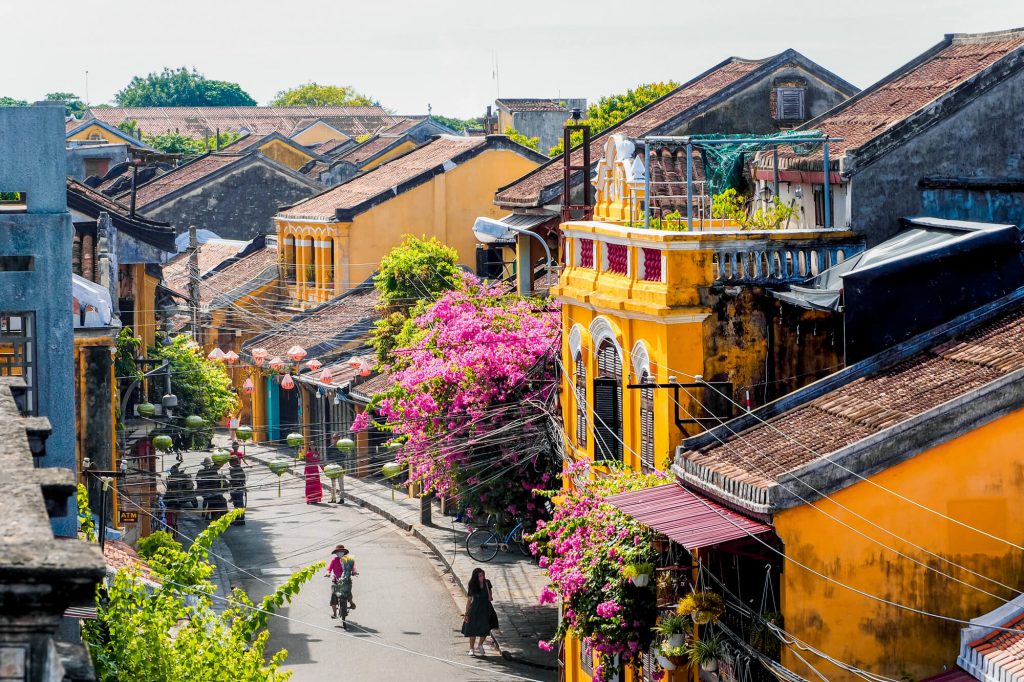
Hoi An Ancient Town is a part of Vietnamese history, an international trading port that used to be very busy. A unique check-in place for all classes of people. And here, you will learn a lot of information to enrich your knowledge.
Bay Mau coconut forest ecological area
- Address: Group 2, Can Nhan Hamlet, Cam Thanh Commune, City. Hoi An, Quang Nam Province
- Opening hours: From 7:00 to 17:00 daily

A western river space right in Hoi An, that is Bay Mau coconut forest. A destination that Danang Private Car’s always suggests for visitors to have a new and unique experience after visiting the terracotta park.
Places to eat near Thanh Ha Terracotta Park
Hoi An tourism in addition to visiting the ancient features, checking in at amusement parks, traditional villages … is also experiencing the unique and rich cuisine here. And the places and restaurants in Hoi An below are worth your while.
Unique architecture inside Red Bean Restaurant
- Quang noodles – Cao Lau Bich: No. 272 Hung Vuong Street, Thanh Ha Ward, Hoi An, Quang Nam.
- Coconut Flower Fragrance Restaurant: Van Lang Village, Cam Thanh Ward, Hoi An, Quang Nam
- Red Bean Restaurant: 132 Hung Vuong La Siesta Hoi An Resort & Spa, Thanh Ha
- Banh Mi Phuong: 2B Phan Chau Trinh
A Thanh Ha terracotta park will exist, leaving a mark in the hearts of every Vietnamese and international. It is by the uniqueness, by the products of the homeland itself. Traditional values will forever be preserved and developed to create a colorful Hoi An. Danang Private Car’s wishes you a happy, happy trip.


